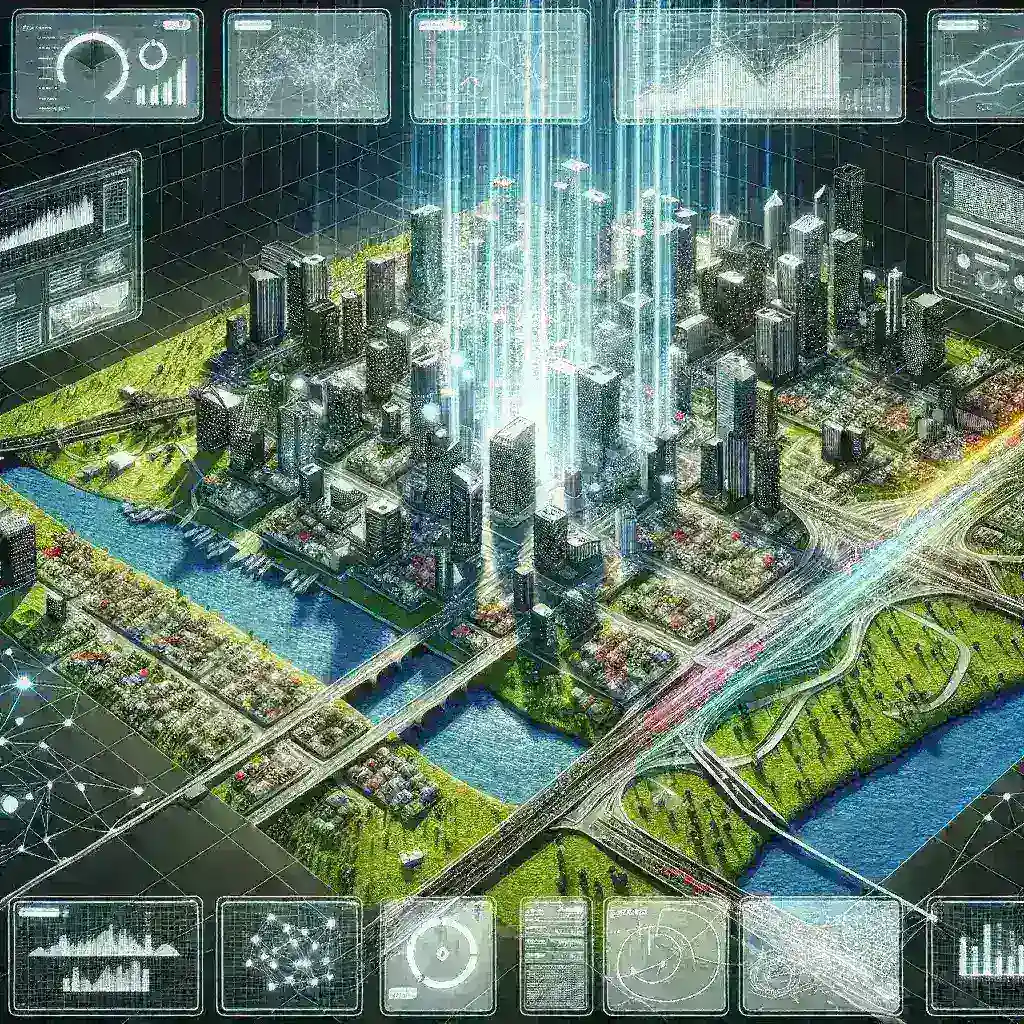Digital Twin Technology Simulates Entire Urban Infrastructure for Planning
Introduction to Digital Twin Technology
Digital twin technology has emerged as a revolutionary tool in urban planning, allowing city planners and decision-makers to create precise simulations of entire urban infrastructures. By leveraging real-time data and advanced modeling techniques, digital twins enable stakeholders to visualize, analyze, and optimize urban environments, making them essential for sustainable development.
Understanding Digital Twin Technology
A digital twin is a virtual replica of a physical entity, system, or process. In the context of urban infrastructure, this means creating a digital counterpart of a city or specific urban elements such as transportation systems, utilities, and buildings. Powered by the Internet of Things (IoT), machine learning, and big data analytics, these digital counterparts provide a dynamic platform to understand how various elements of a city interact with one another.
The Evolution of Urban Planning
Historically, urban planning has involved static models and long-term projections that often fail to account for real-time changes. The advent of digital twin technology marks a significant shift in this paradigm. Traditional methods of urban planning were limited by various factors:
- Static Models: Prior to the introduction of digital twins, urban planners relied on physical models or two-dimensional maps, which lacked real-time interactivity.
- Time-consuming Processes: Planning decisions were often slow, requiring extensive data gathering and analysis before any changes could be implemented.
- Limited Scope: Traditional models often focused on isolated systems rather than considering the interconnectedness of different urban elements.
The Role of Digital Twins in Urban Planning
Digital twin technology transforms the planning process by providing a multifaceted view of urban environments. Here are a few key benefits:
1. Real-Time Data Integration
By integrating real-time data from sensors and IoT devices, digital twins allow planners to monitor the current state of urban infrastructure. This continuous feedback loop helps in making informed decisions that reflect the actual conditions of the environment.
2. Predictive Analysis
Digital twins utilize advanced algorithms and machine learning to predict future scenarios based on historical data. Planners can explore how changes in population density, infrastructure development, or environmental factors might impact urban life.
3. Enhanced Collaboration
Digital twins facilitate collaboration among various stakeholders, including government agencies, private developers, and the community. By providing a shared virtual environment, all parties can visualize the implications of their decisions and engage in constructive dialogue.
Case Studies of Digital Twin Technology
Example 1: Singapore’s Virtual Singapore
Singapore has emerged as a pioneer in deploying digital twin technology through its initiative, “Virtual Singapore.” This detailed 3D model of the city-state enables authorities to simulate urban scenarios, assess the impact of infrastructure projects, and enhance urban resilience against climate change.
Example 2: Helsinki’s Digital Twin
Helsinki utilizes digital twin technology to create a comprehensive model of the city, which supports urban planning, transportation management, and environmental monitoring. The city’s digital twin is instrumental in testing and visualizing future urban scenarios, helping planners make data-driven decisions.
Future Predictions: The Evolution of Urban Planning with Digital Twins
As cities continue to grow and evolve, digital twin technology is expected to play a vital role in shaping the future of urban planning. Here are some predictions:
- Increased Adoption: More cities worldwide are likely to adopt digital twin technology, leading to a shift in how urban infrastructure is designed, built, and maintained.
- Smart City Integration: Digital twins will become integral components of smart city initiatives, driving automation and intelligent decision-making across urban environments.
- Sustainability Focus: As sustainability becomes a global priority, digital twins will assist in modeling and implementing sustainable urban practices, optimizing resource usage, and reducing carbon footprints.
Challenges and Considerations
Data Privacy and Security
While digital twin technology holds immense potential, it also raises concerns about data privacy and security. Ensuring that sensitive information is protected while still enabling effective urban planning is a challenge that cities must address.
Technological Barriers
The successful implementation of digital twin technology requires significant investment in technology, data infrastructure, and skilled personnel. Smaller cities may face barriers to entry due to limited resources.
Conclusion: Embracing the Future of Urban Planning
Digital twin technology represents a game-changing advancement in urban planning, enabling cities to simulate their entire infrastructure for better decision-making. By harnessing real-time data and predictive analytics, urban planners can create sustainable, efficient, and resilient urban environments. As cities continue to evolve, embracing digital twin technology will be crucial for addressing the complex challenges of urbanization and ensuring a better quality of life for all residents.

Leave a Reply